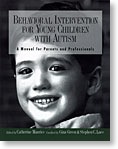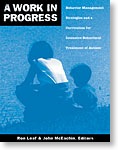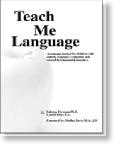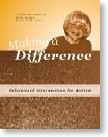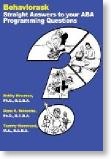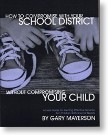Aug 2011
Suggested study design to test the relationship between vaccines and autism
27/08/11 14:07
Instead of doing yet another meta-analysis on the alleged relationship between vaccines and autism (looking at correlational studies, or retrospective studies instead of true experiments), researchers need to design a new study. The following eight steps comprise a suggested experimental design:
1) Researchers need to receive informed consent from parents who volunteer their children to participate in the study. These parents must want to have their children vaccinated; otherwise, they should not volunteer their children. The risk for this group is as follows: half of the children in the study will not be vaccinated as children in the community are using the typical schedule; rather, they will be required to wait an additional six months for one vaccine. The other half will be vaccinated as per the typical schedule.
2) The very large sample of children in the study must be from families with no history of autism.
3) All children in the study must be tested for autism on their first birthday, but before the MMR vaccine is given. Any child who shows autistic tendencies or autism must be excluded.
4) The children must then be divided into two groups. Half the children need to be administered the normal vaccine regimen aside from the Measles vaccine at 12 months (i.e. give an MR instead of an MMR). The other half must be given the normal vaccine regimen (including the MMR) at 12 months.
5) All children must be retested for autism at 18 months of age. Those who have autism (prior to the vaccine being given) must be identified (in case the autism was not identified at one year of age). We need to re-evaluate the children for autism as an additional safeguard that the development of autism has no relationship to the vaccine being administered. It is the children in the group that did not receive the vaccine that are of the greatest interest to researchers.
6) The Measles vaccine must then be administered to the group that has not yet received the vaccine. This group is receiving the M vaccine for the first time at 18 months (but after they have been assessed for autism twice, and autism has been ruled out).
7) Both groups must be monitored for adverse effects.
8) All children must be retested for autism 6 months after the Measles vaccine was given (on their second birthday).
If the groups are equal in terms of the autism incidence, then we know that the Measles vaccine is not the cause of autism. We also need to measure whether even one child becomes autistic after the 18 month Measles vaccine was administered even though immediately prior to the vaccine, the child was tested for autism and showed no signs of the disorder. With a large enough sample, if there is an effect, it should become immediately apparent. No effect should also be observable.
Using a design such as the one suggested above, it will be possible to determine that either 1) a causal relationship exists, or 2) no causal relationship exists between the Measles vaccine and autism. By introducing the variable of “vaccine” after ruling out autism, we are able to determine whether the vaccine causes autism, and is not just spuriously correlated with autism.



